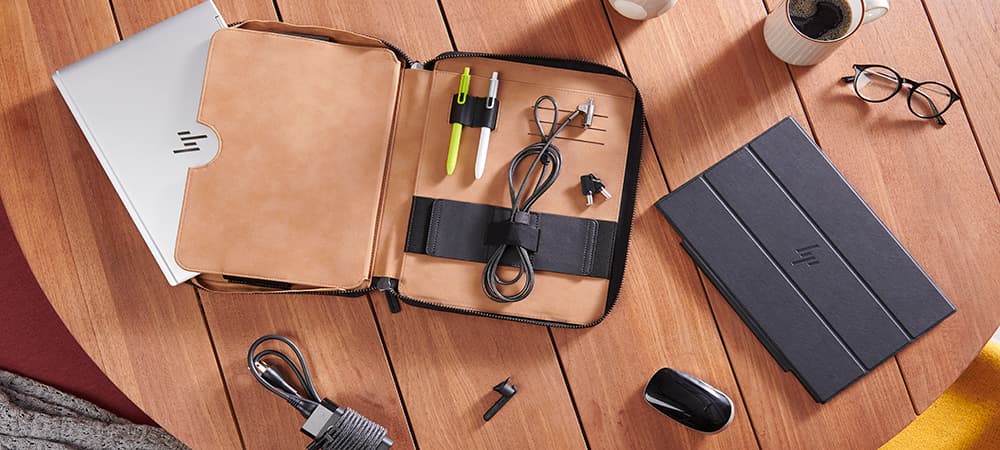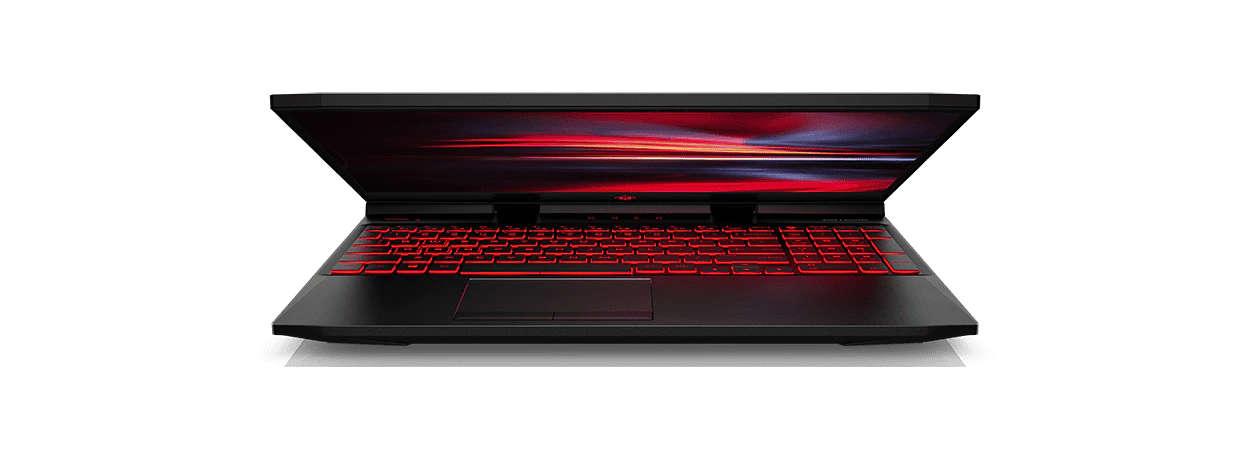Thank you for visiting the HONG KONG HP Store
-
Contact Us
CONTACT USChat with us
- Our specialist are here to help
- Live chat
- Sales
- 85264507529(WhatsApp)
-

- Post Sales
- 85230016720(WhatsApp)
Mon-Fri 8.30am - 5.30pm
(exc. Public Holidays)
Live product demo
Store finder Locate our storesSubmit feedback We value your opinion! - Location
- My Account
Monitor

-
Posted: September 05, 2023Categories: MonitorRead more »
Your monitor is your window to the world, the hub of your entertainment system, a tool for work, and a way to visualize your projects. The right display is paramount to the full enjoyment of your PC. But if you’re in the market for a new monitor, you might not be certain what features to focus on.
-
Posted: May 16, 2023Categories: MonitorRead more »
Setting up an extra display or replacing an older monitor with a new multiscreen configuration is an excellent way to improve your overall computing experience. A second monitor adds substantial screen real estate; a serious perk for both work and play.
-
Posted: March 25, 2023Categories: MonitorRead more »
An in-plane switching (IPS) monitor is a type of LCD (liquid-crystal display) monitor. It’s made up of backlighting or a mirror behind a polarizer. These sit behind the liquid with crystals mixed into it. The monitor relies on perfect alignment of the liquid crystals to pass along the light to the next polarizer. These crystals spin into position when electrically charged. In front of all of this is another polarizer, with the whole thing covered in the protective glass "screen" that we see with our eyes or touch, if it's a touch screen product. IPS is the standard for high-end monitors, such as those in some touch screen displays.
-
Posted: February 14, 2023Read more »
Have you heard of the term “screen mirroring?” While it may sound complicated, it’s relatively simple to do and opens up opportunities for device owners to share gaming experiences, presentations, and even movies on other screens. It’s changing the way we view media and makes it more accessible for those with small or outdated devices. Here’s everything you need to know about how to screen mirror your Windows device.
Screen mirroring explained
Mirroring is showing the exact same thing that’s on one screen on a second screen. It allows you to play the game or movie on your mobile phone, for example, and show it on your big-screen TV as well. Why would you want to mirror? It’s an easy way to share your device with others, it can make viewing small text easier, and it gives you the benefit
-
Posted: January 24, 2023Categories: MonitorRead more »
Today’s computer monitor comes with a variety of port options, all of which have different functions and use cases. And when it comes to buying a new monitor, you’ll want to know exactly which ports are included in your latest device.
But which ports do you actually need? Well, it all depends. If you own a legacy device, you may require certain older style ports in addition to the latest, speediest ones.
To make sense of all things port-related, read on. We’ll help you learn more about the most common ports, which ones you need to connect your favorite monitor, and when you may need them.What monitor ports are most common?
HDMI, DisplayPort, and USB-C™ are the most common types of monitor ports and cables, and you’ll find them on the majority of modern
-
Posted: January 17, 2023Categories: MonitorRead more »
Today’s monitors have made dramatic improvements in color accuracy. Displays that only a decade ago would not only cost thousands of dollars but also take up your entire desktop space can now be found for just a couple hundred dollars and can easily fit into your workspace.
-
Posted: January 15, 2023Categories: MonitorRead more »
If you feel limited by the size of your computer display, consider getting a second monitor and setting up a dual monitor display. A dual-monitor setup is a great way to expand your computer display and speed up your workflow. If you’re unfamiliar with the term, a dual-monitor setup includes two computer monitors. One functions as either an expansion or duplication of the other monitor. We’ll get to the specifics of setting up your dual monitors in a second.
-
Posted: January 15, 2023Categories: MonitorRead more »
While the dual monitor setup has garnered a huge following of avid fans, there are also many vocal critics of this configuration that claim the good ole’ days of a single monitor actually increase your productivity. If you’re considering outfitting your office with a few more screens, it’s important to understand how, when, and why a dual monitor setup makes sense for you.
-
Posted: January 09, 2023Categories: MonitorRead more »The colours on your website don’t quite match your business cards. Your latest flyers are clashing with your trade booth banners. And your promotional video is looking decidedly washed out on your client’s monitor.
What happened?
First impressions are 94% design related [1], so a little colour knowledge can make a big difference to your bottom line. Take our crash course on what every business needs to know about colour from your printer to your monitor and how you can make sure every brochure and browser shows your business at its very best.
RGB, CMYK, ETC?
If you’ve ever replaced a colour toner cartridge or adjusted your display properties, you’ve probably noticed different abbreviations for how to describe colours. RGB and -
Read more »
Remote work has become an increasingly popular option, so much so that it’s increased by a whopping 173% since 2005, according to Global Workplace Analytics. With more and more companies offering flexible work options, you need to make sure you have the best PC for working from home.
There are several great HP computers suited for this very purpose, from powerful laptops to streamlined workstations. In this article, we’ll cover the 5 best computers for working from home from HP® so you can conquer your to-do list from outside the confines of the office.
- Our specialist are here to help
- Live chat
- Sales
- 85264507529(WhatsApp)
-

- Post Sales
- 85230016720(WhatsApp)
Mon-Fri 8.30am - 5.30pm
(exc. Public Holidays)
Live product demo


















